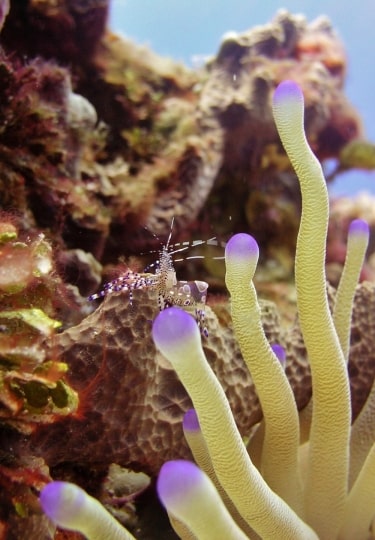With a rich variety of marine life, including coral-laden seabeds that can be viewed through clear water, Mexico is one of the best places to go snorkeling in the world.
Some of the best places to go snorkeling in Mexico are in shallow reefs close to pristine shorelines. Other spots include uninhabited islands, vast blue lagoons, and sunken caves.
From the sparkling Pacific to the warm and tranquil Caribbean Sea, dip your head underwater to witness Mexico’s breathtaking sub-aquatic landscape at these 16 snorkeling locations.
Cozumel National Marine Park
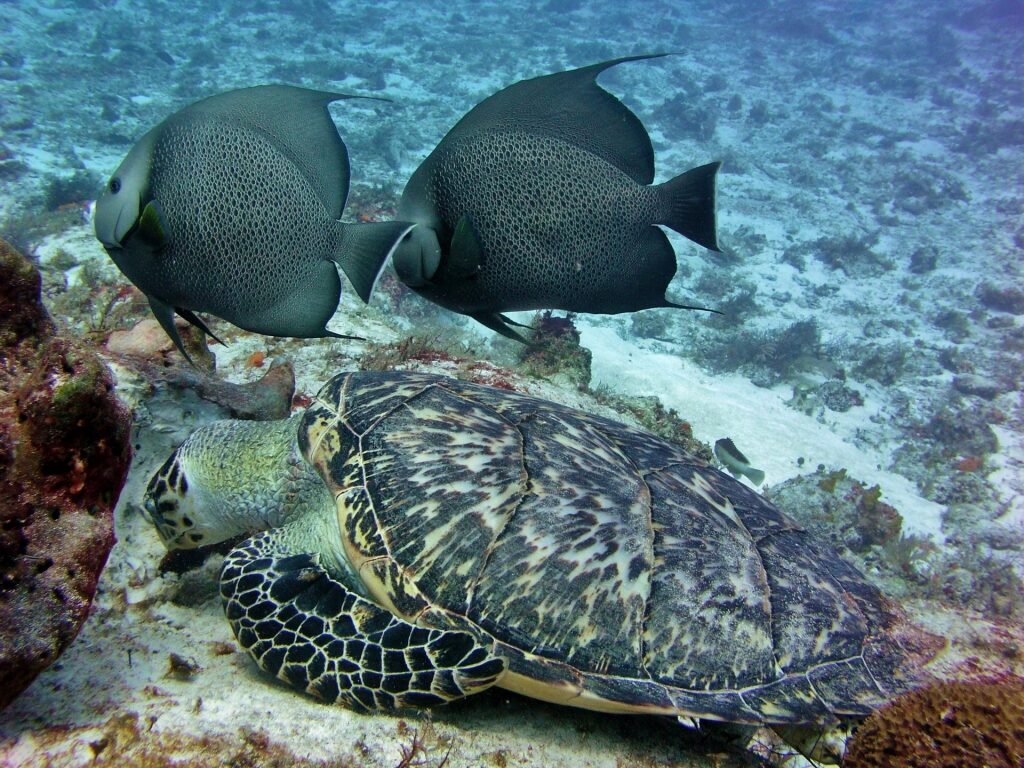
Cozumel National Marine Park
For some of the best snorkeling in Mexico, head straight to Cozumel National Marine Park off the south of Cozumel in the Caribbean Sea, home to hundreds of coral and fish species.
This protected underwater world lies on a section of the Mesoamerican Barrier Reef, the second-largest coral reef system in the world. This is one place where you could spot the Cozumel splendid toadfish, an elusive reef-dwelling fish.
While snorkeling in Cozumel, explore the vibrant soft and hard coral and variety of ocean life in this glorious reef. Inhabitants of Cozumel National Marine Park also include queen triggerfish, green moray eels, starfish, groupers, and loggerhead and hawksbill turtles.
Playa Mia Grand Beach Resort, Cozumel
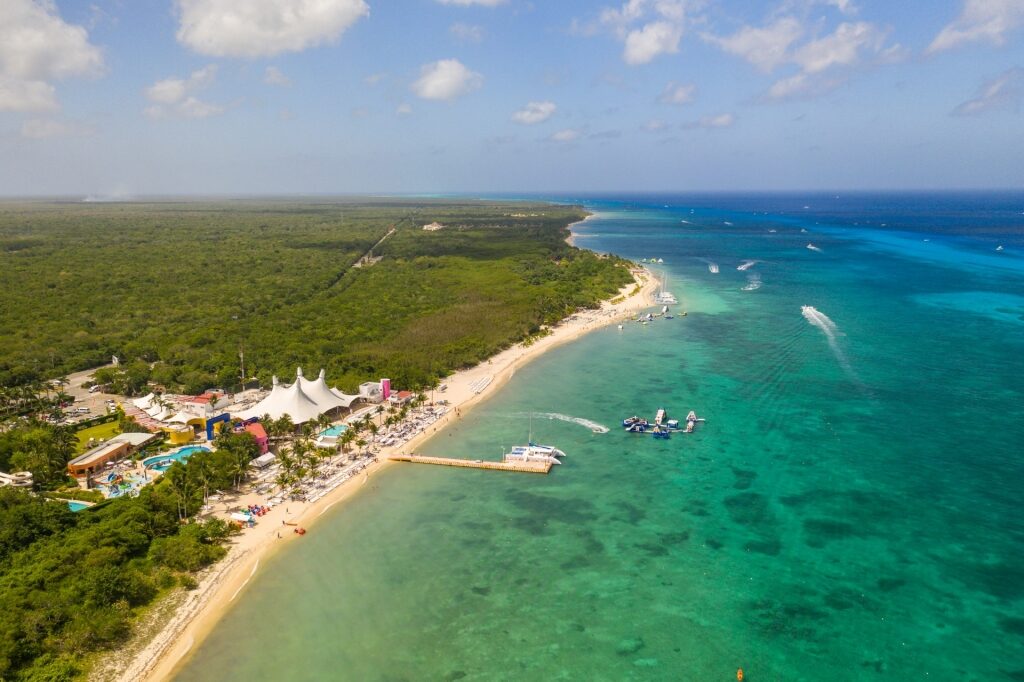
Playa Mia Grand Beach Resort, Cozumel
On the southwest coast of Cozumel, Playa Mia Grand Beach Resort is another of the best places to snorkel in Mexico for its idyllic backdrop.
Stroll along the tranquil white shore that’s lined with coconut palms before wading into the gentle waves. Most impressive is the Underwater Mayan City, a reconstructed ancient Mayan temple on the seabed that snorkelers can witness below water.
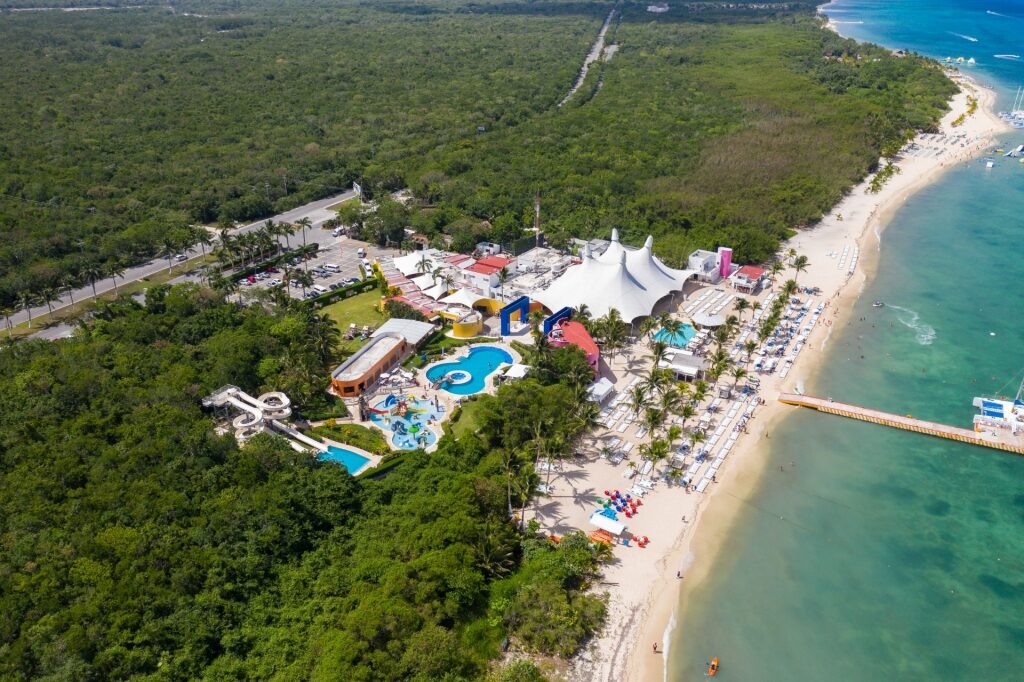
Playa Mia Grand Beach Resort, Cozumel
Facilities at Playa Mia Grand are excellent, with a floating water park, restaurants, cabanas, bathrooms, and watersports. Don’t worry if you haven’t packed your own snorkel gear; you can rent it from the beach.
One of the best things to do in Cozumel is to join a guided snorkel tour from the beach, with an expert guide pointing out the many creatures that inhabit the reef off the island.
Punta Sur Eco Beach Park, Cozumel
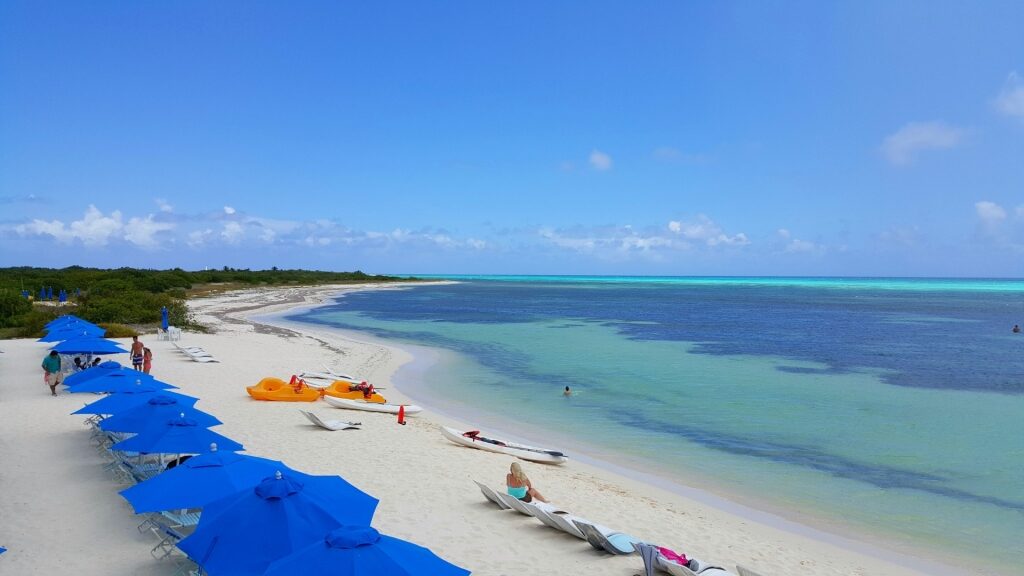
Punta Sur Eco Beach Park, Cozumel
On the southern tip of Cozumel, a network of mangroves, lagoons, and soft-sand beaches makes up Punta Sur Eco Beach Park, a wildlife haven with a reef that extends around the coastline.
Don a snorkel and mask and search for sea life, such as French angelfish, sea turtles, rays, and barracuda.
Once you’ve dried off after a swim and snorkel, check out Punta Sur’s lagoon on a boat ride, looking out for crocodiles, or enjoy some downtime on the beach, with kayaks, pedal boats, sun loungers, and umbrellas available to rent.
Read: Best Beaches in Cozumel
Rosarito Beach, near Ensenada
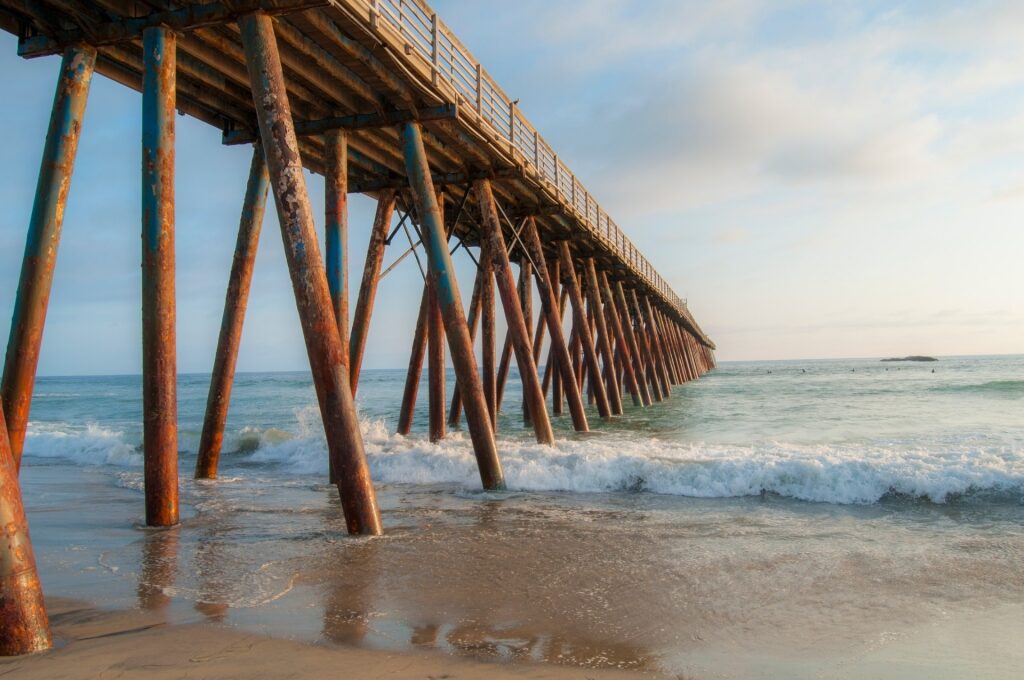
Rosarito Beach, near Ensenada
A region popular among surfers, Baja California’s Rosarito Beach, a short distance south of California, might not instantly spring to mind when you think about snorkeling in Mexico. But this sweeping blond stretch, with popular sections for sunbathers, surfers, and swimmers, also offers ample opportunity for snorkeling.
With good visibility, typically calm conditions, and warm water, this stretch of the Pacific Ocean offers the chance for snorkelers to see a variety of tropical fish, dazzling coral formations, and rocky reefs.
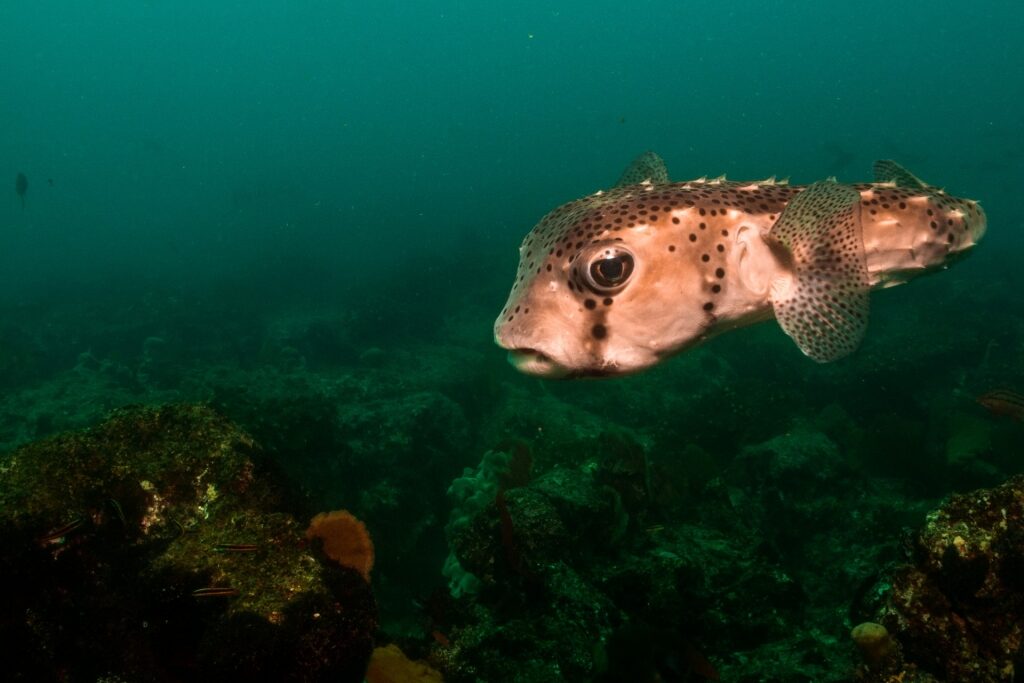
Balloonfish
Go in search of balloonfish, trumpetfish, starfish, moray eels, seahorses, and sea turtles. If you take a boat out on a snorkeling excursion, you might also encounter bottlenose dolphins.
After, enjoy relaxing time spent on the beach, where bars and seafood shacks are aplenty.
Read: Best Things to Do in Ensenada
Lover’s Beach, Cabo San Lucas
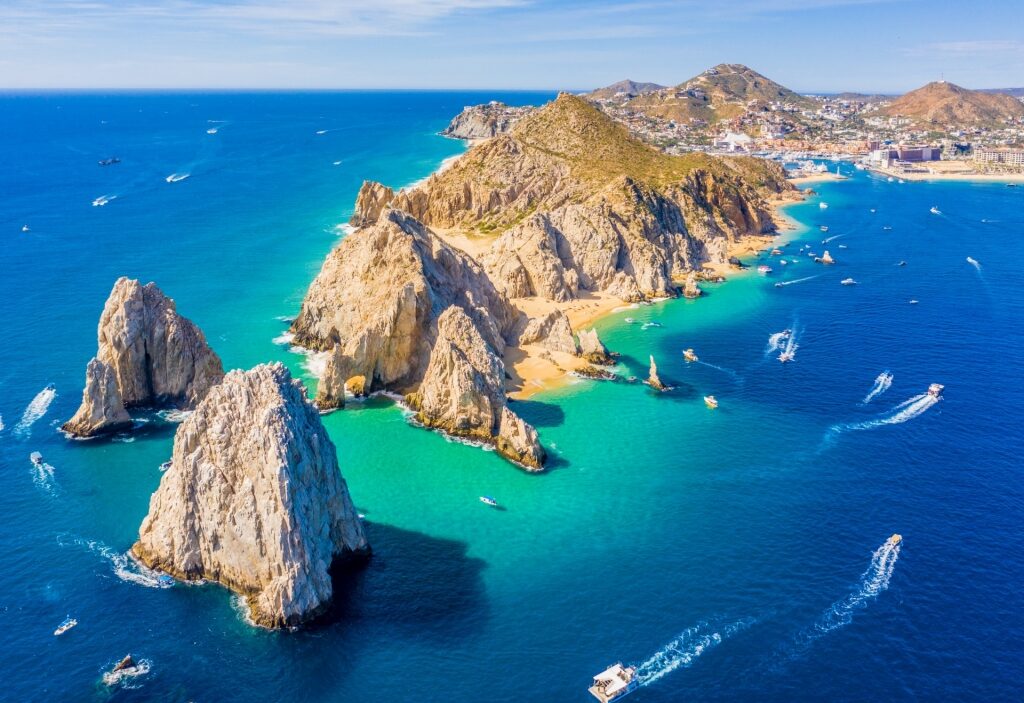
Lover’s Beach, Cabo San Lucas
Also known as Playa del Amor, dreamy Lover’s Beach in Cabo San Lucas offers dramatic arched-granite rock formations, golden sands, and wonderful water.
Pack your snorkel mask and take a water taxi from Cabo’s harbor or nearby Medano Beach and enjoy the scenic ride around the bay, where the Sea of Cortez meets the Pacific Ocean, to reach Lover’s Beach.

Lover’s Beach, Cabo San Lucas
While Lover’s Beach is undeniably beautiful, you’ll want to pick a day when the water is calm to snorkel around the rocky coastline here.
Look for sea urchins, parrotfish, angelfish, eels, pufferfish, and starfish. You might also catch a glimpse of manta rays and sea turtles.
Spend time on the beach to admire the jaw-dropping scenery and look out for the lounging sea lions at Land’s End, one of the most beautiful places in Mexico, as you round the tip of the peninsula.
Chileno Beach, Cabo San Lucas
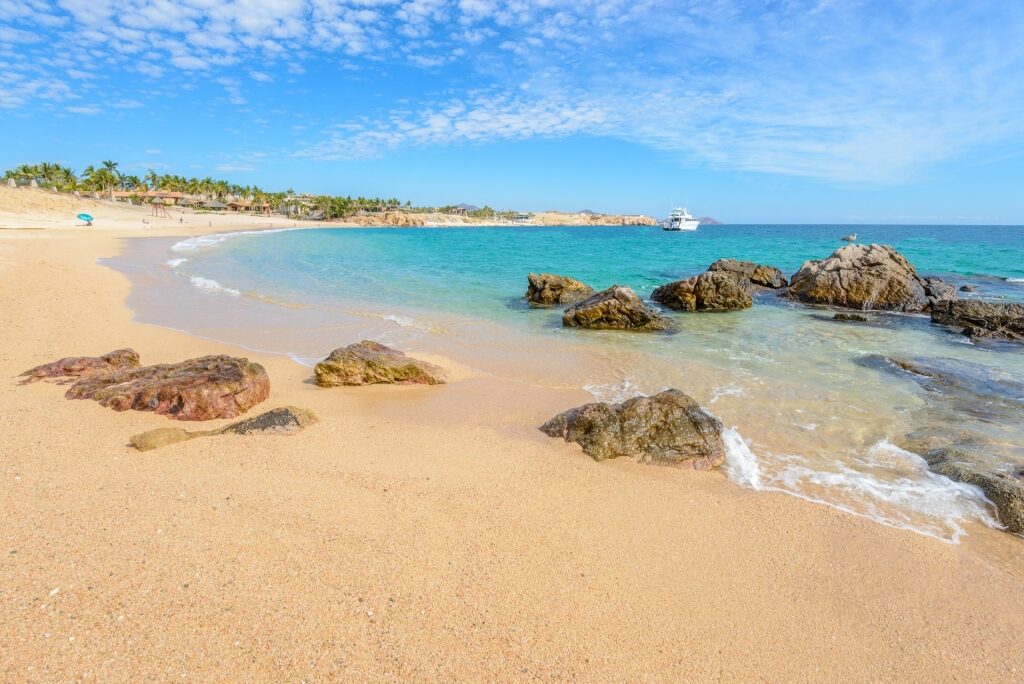
Chileno Beach, Cabo San Lucas
Cabo San Lucas’ Chileno Beach is one of the best on Mexico’s Pacific coastline for swimming and snorkeling.
This Blue Flag beach in Cabo has soft, golden sand, palm trees, and clear greeny-blue water that is considered the calmest in the region. The beauty of snorkeling here is that you can access the reef straight from the beach.
Snorkel over brightly-hued coral reefs and spot eye-opening marine life, such as king angelfish, black-nosed butterflyfish, Cortez angelfish, pufferfish, and yellow longnose butterflyfish. There’s more, including beautiful Cortez rainbow wrasse, sunset wrasse, and yellowtail surgeon.
Todos Santos Island, Ensenada
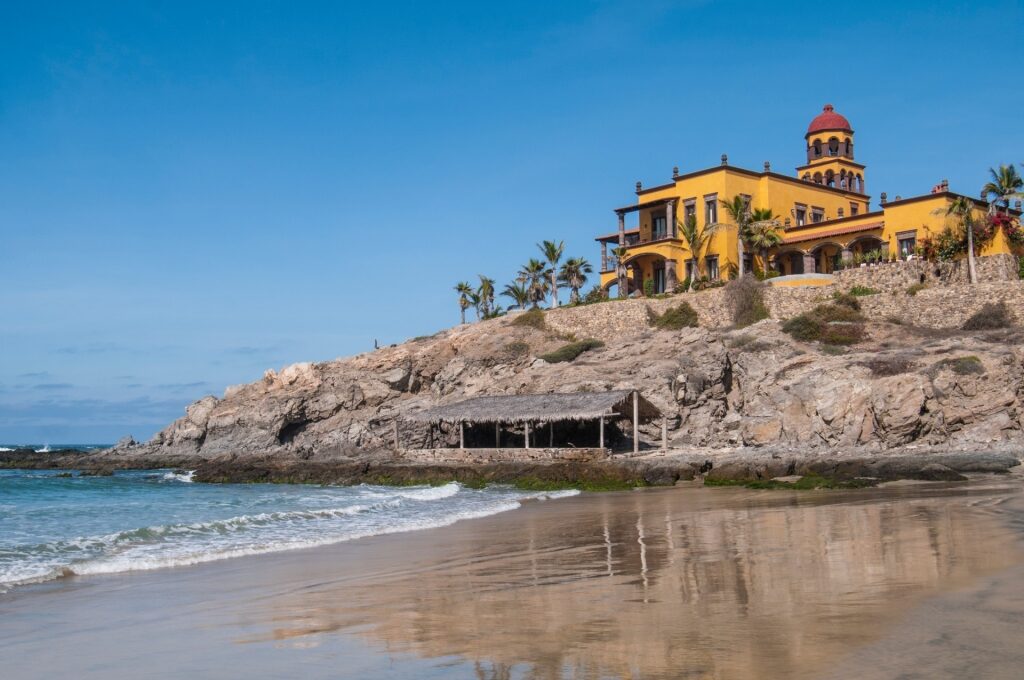
Todos Santos Island, Ensenada
Lying off Ensenada, in the Pacific Ocean, visiting Todos Santos Island is loved by adventurers for its remote and wild feel.
The only way to reach the islands (there are two), is by boat from Ensenada and the best way of snorkeling here is to join a guided tour.
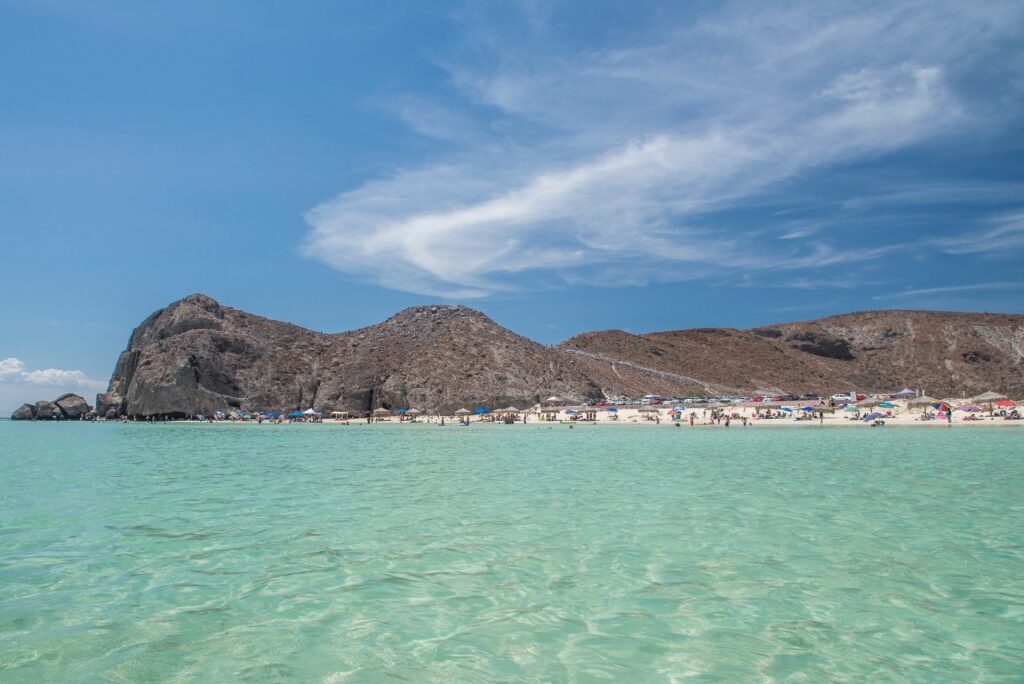
Todos Santos Island, Ensenada
For a raw, off-the-beaten experience of snorkeling in Mexico, Todos Santos Island is unbeaten.
You might spot dolphins splashing in the surf. Look out for garibaldis, also known as Catalina goldfish. These small tangerine-colored fish enjoy the cool subtropical northeast Pacific waters. Sea lions and seals inhabit the waters around Todos Santos, too.
Brush up on your birding knowledge before visiting Todos Santos, with the islands home to an extraordinary array of species, including migratory sanderlings, marbled godwit, and snowy plovers.
Majahuitas Beach, Puerto Vallarta
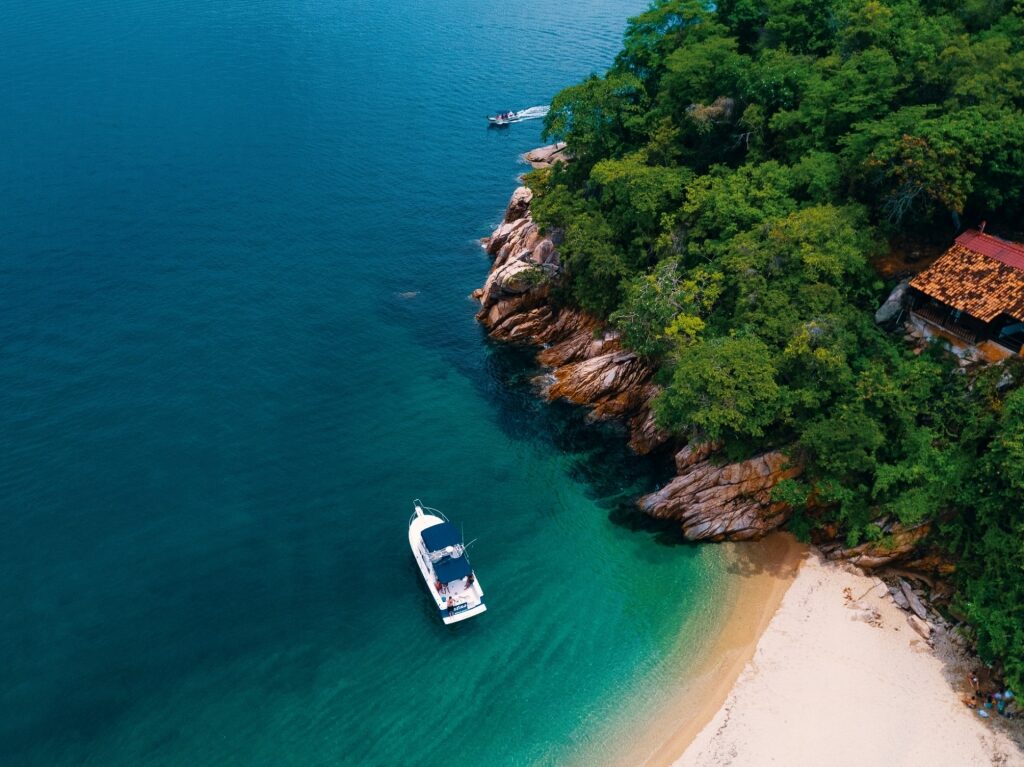
Majahuitas Beach, Puerto Vallarta
Majahuitas Beach is a luscious beach in Puerto Vallarta, with sparkling emerald water surrounded by towering palm trees and the tropical jungle of the Sierra Madre.
Reach this secluded spot by water taxi or boat from Puerto Vallarta. With smooth swells, underwater caves of black reefs, and clear water, Majahuitas is perfect for snorkeling.
Among the abundance of tropical marine life, you could spot eagle rays gliding through tropical waters. Stingrays and sea turtles are also common around Majahuitas’s shallow reef.
Bacalar Lagoon, Costa Maya
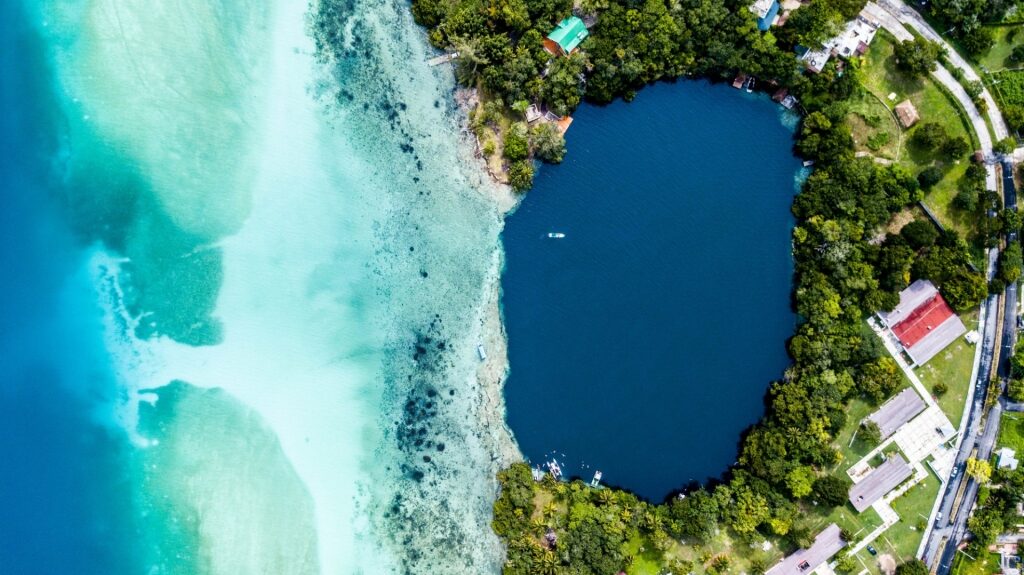
Bacalar Lagoon, Costa Maya
Over one mile wide and 26 miles long, Quintana Roo’s Bacalar is a freshwater lagoon, and not the wide-open waters of the Caribbean Sea.
The magnificent lagoon is a vibrant natural wonder, surrounded by dense mangroves. It’s also known as the Seven Colors Lagoon because of the different shades of the water, which vary from the palest aquamarine to deep blue, depending on the depth, the lagoon bed, and the presence of cenotes.
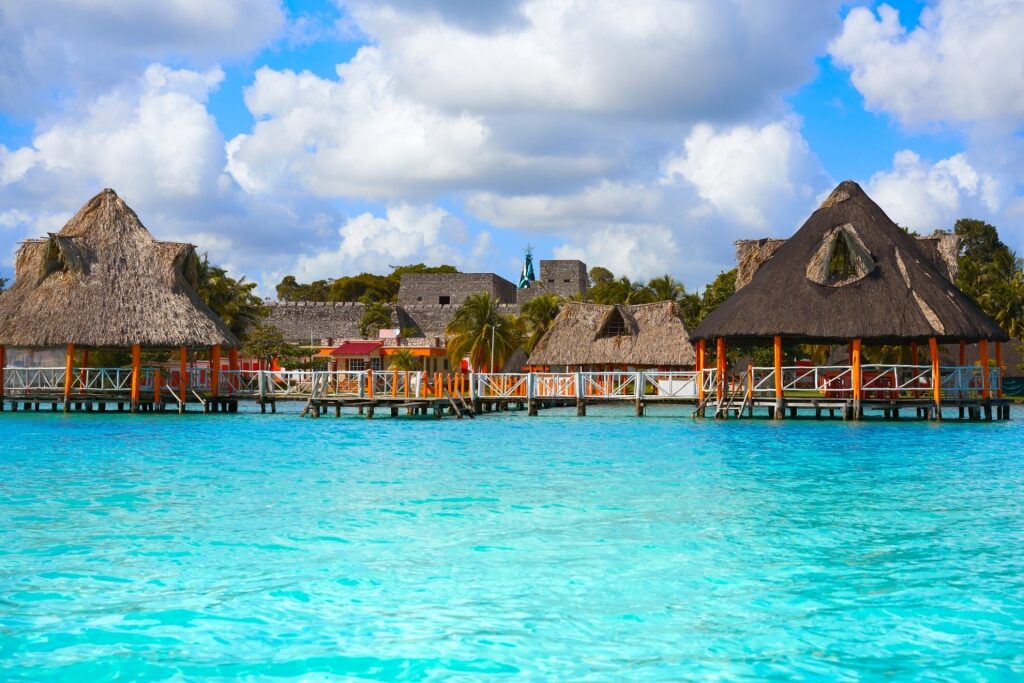
Bacalar Lagoon, Costa Maya
As well as swimming and kayaking, you can also snorkel in this gorgeous Yucatán spot to see coral, tropical fish, and hawksbill turtles.
A visit to Bacalar Lagoon is also a great opportunity to visit some of the ancient Mayan ruins that Mexico is known for, including the ceremonial site of Chacchoben.
Mahahual Beach, Costa Maya
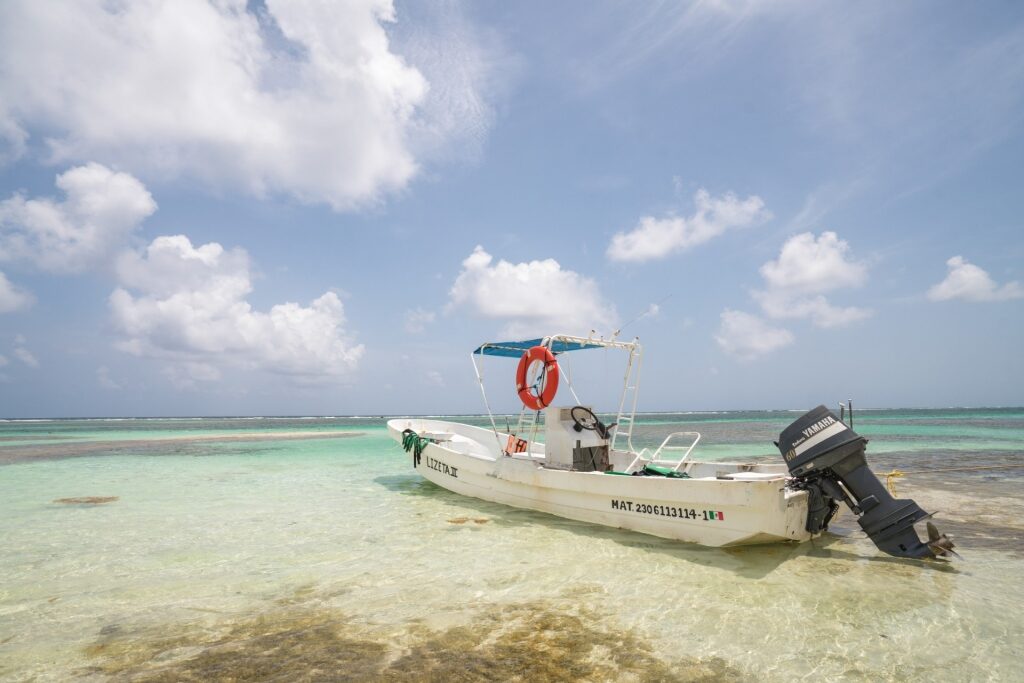
Mahahual Beach, Costa Maya
If pearly white sand, crystalline Caribbean water, arching palms, and a shallow coral reef are your idea of the perfect shore, you will adore Mahahual Beach on Mexico’s Costa Maya.
Visiting here is one of the best things to do in Costa Maya, where you can enjoy lazy dips in the water to snorkel with sea turtles and a plethora of colorful fish, including rays, eels, parrotfish, snappers, and butterflyfish. After a rewarding swim, relax on a sun lounger and indulge in Mahahual Beach’s buzzing ambiance.
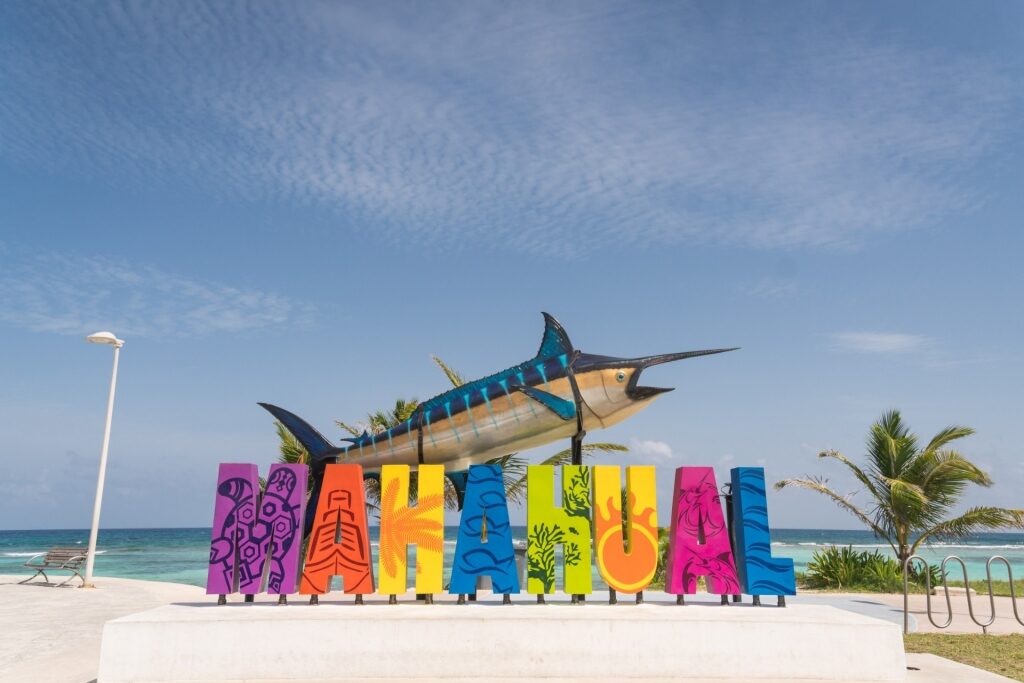
Mahahual, Costa Maya
Beach bars, food shacks, and souvenir huts line Mahahual’s malecon—a seafront promenade that stretches the length of the beach. Feast on lobster and shrimp-stuffed burritos and tacos, and zingy ceviche dishes in the knowledge the seafood is ultra-fresh.
Read: Best Beaches in Costa Maya
Marietas Islands National Natural Park, Puerto Vallarta
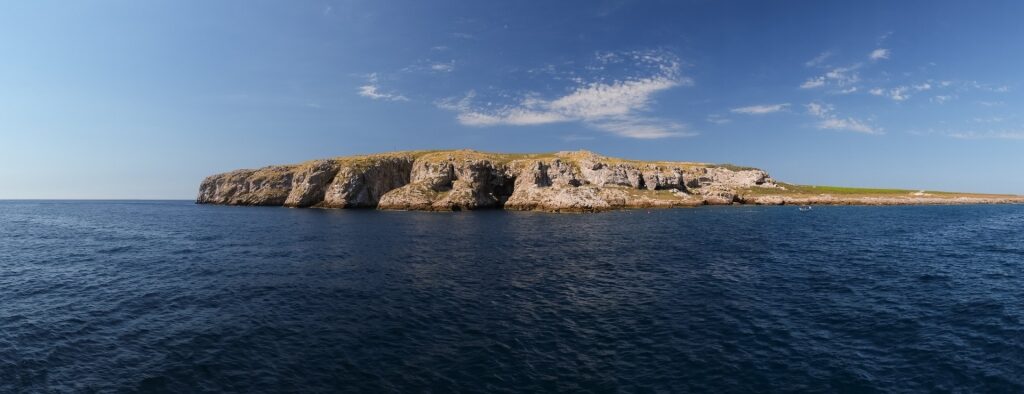
Marietas Islands National Natural Park, Puerto Vallarta
Gently rising from the entrance of Banderas Bay, Marietas Islands National Natural Park is a sublime snorkeling site for its vast array of marine life. It’s one of the best places for whale watching in Mexico, particularly humpback whales, which can be seen between December and March.
To reach Marietas Islands, travelers can take a catamaran from nearby Puerto Vallarta on the mainland. Once there, immerse yourself in the underwater world where king angelfish, giant damselfish, moorish idol, surgeonfish, butterflyfish, parrotfish, and balloonfish call home.
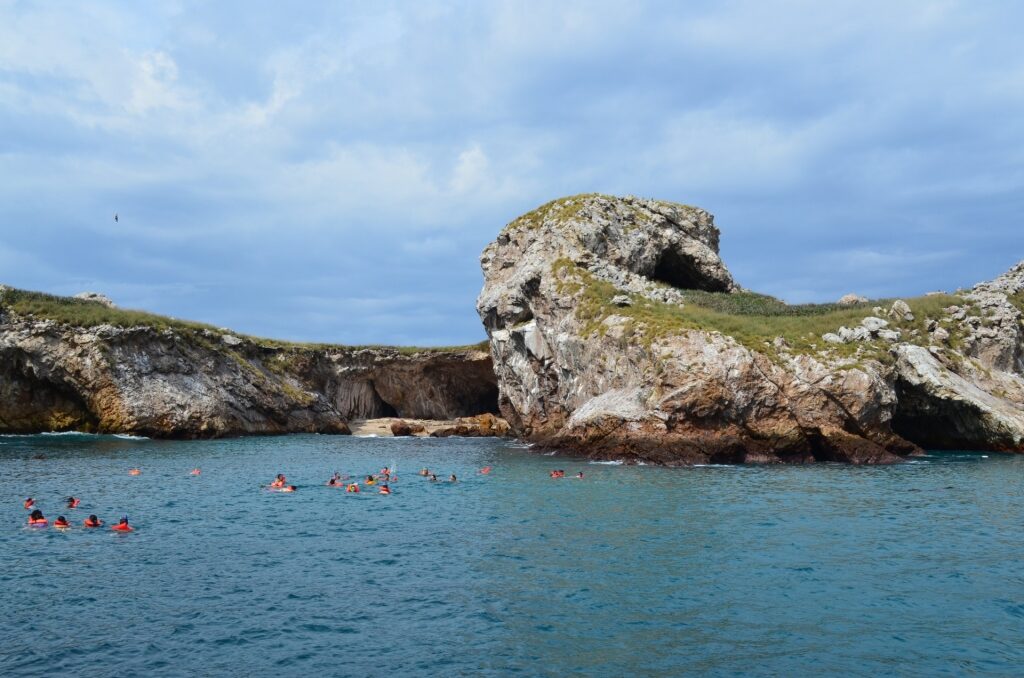
Marietas Islands National Natural Park, Puerto Vallarta
The rocky reef also draws starfish, sea urchins, and tunicate (a marine invertebrate animal). Dolphins and sea turtles add to the snorkeling magic of Marietas.
Another highlight of Marietas’ two islands is Hidden Beach, or Playa del Amor, though you’ll need to go there as part of a tour. Hidden Beach is essentially a gaping hole in the surface of one of the islands, which opened up to reveal a cavernous beach with beautiful clear water.
Read: Puerto Vallarta Vs. Cabo: Which Should You Visit?
Palancar Reef, Cozumel
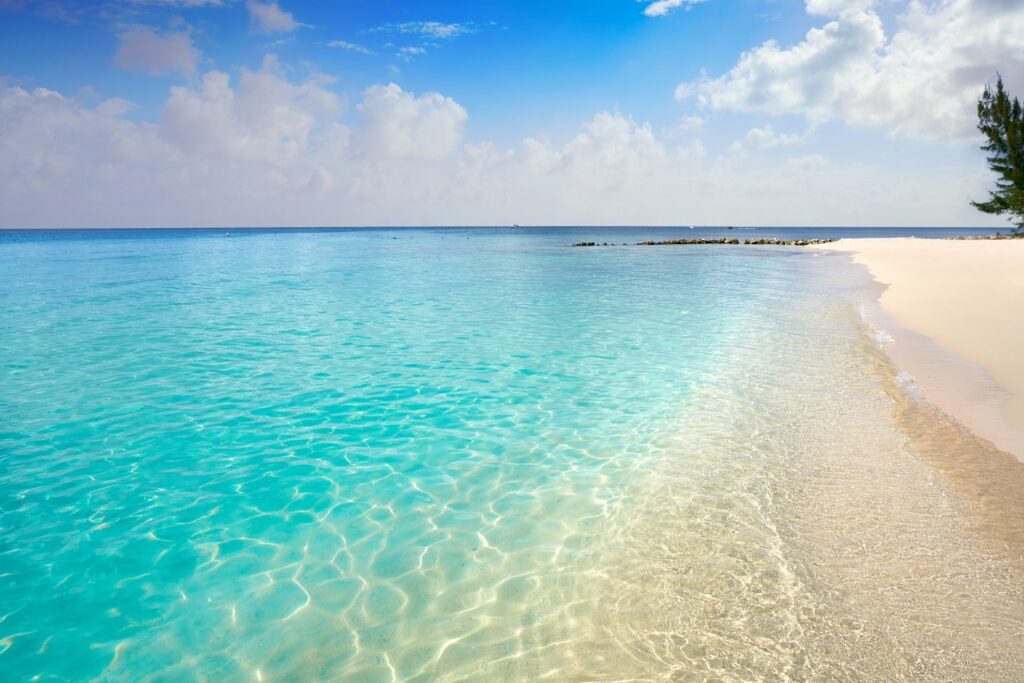
Palancar Reef, Cozumel
This large Caribbean coral reef on the southwest of Cozumel is popular with both snorkelers and scuba divers thanks to its teeming marine life and dive range of up to 110 feet.
What makes this one of the best places to go snorkeling in Mexico? Palancar presents the chance to encounter yellowtail amberjack, spiny lobster, parrotfish, angelfish, grouper, moray eels, sea turtles, splendid toadfish, barracuda, and docile nurse sharks. The kaleidoscope of coral is equally spectacular, too.
Enjoy a boat ride to snorkel in the reef before stopping on the heavenly Playa Palancar to soak up this paradisical beach in the Riviera Maya.
Deer Island, Mazatlán

Deer Island, Mazatlán
The nature-filled Deer Island, or Isla de Venados, off Mazatlán, is home to seals and sea lions, as well as mangroves and lush forest. Birders love Deer Island for its hundreds of species, including around 20 migratory birds that stop by every winter.
Arrive by boat from Mazatlán to swim over Deer Island’s reef from the shore and explore the island’s equally exciting marine life, such as dolphins and turtles.
Depending on the timing of your visit, you might also witness the brown booby, brown pelican, and red-billed tropicbird nesting on the island’s rocky ledges.
Tulum Beach
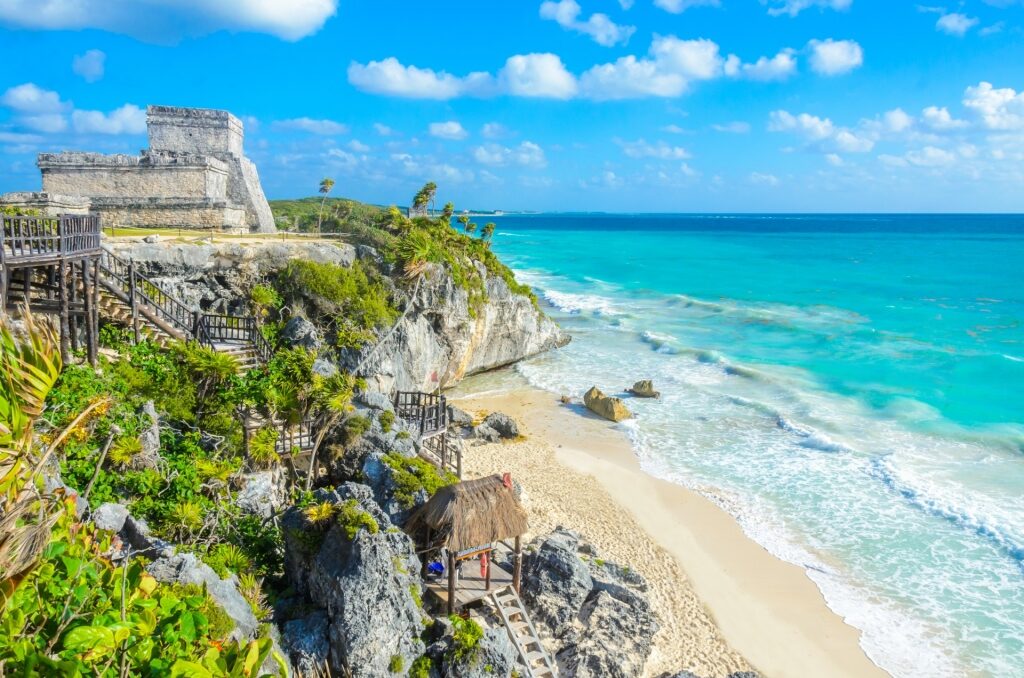
Tulum Beach
Well-known for its Mayan ruins and laid-back beaches, visitors can also enjoy Tulum’s wealth of sea life just moments from the shore.
Sink your feet into Tulum’s white powdery sand before stepping into the warm water to explore the coral reef. Expect to see an array of ocean life in Tulum’s vibrant reef, from sea turtles and snapper to parrotfish, barracudas, surgeonfish, and queen conch.
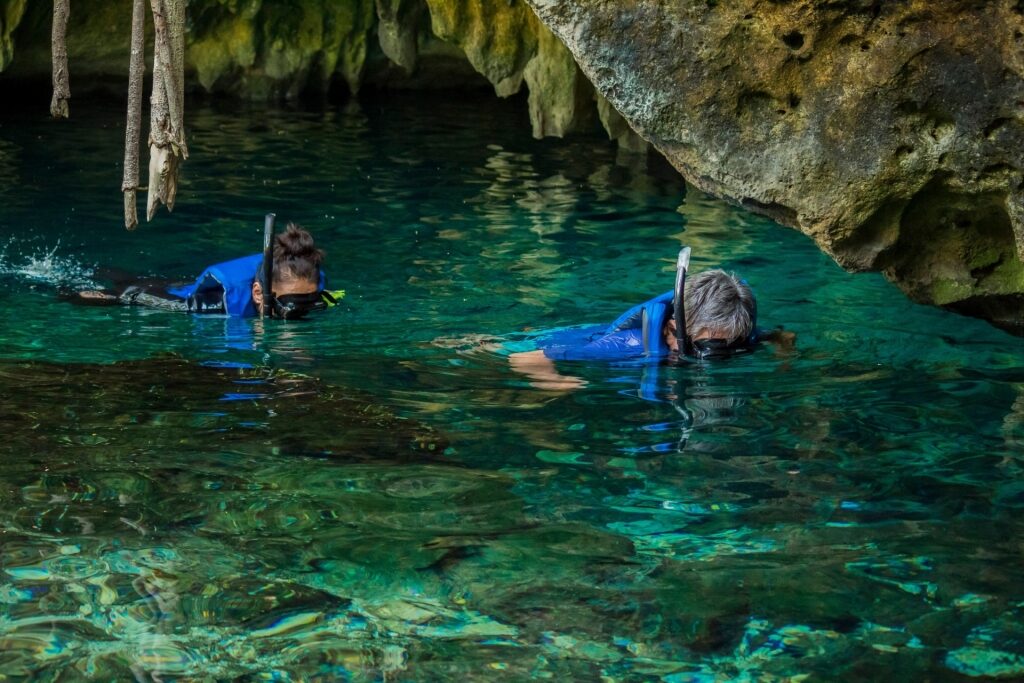
Cenote in Tulum
You could also explore the Yucatán Peninsula’s vast cave systems, connected through the Sac Actun System, the world’s longest subterranean river, with access near Tulum.
After drying off, sample some of Tulum’s famously delicious cuisine at Tatewari Restaurant by Delek Tulum, where lunches of fresh seafood and beef tacos are on the menu, right by the beach.
Read: Cabo Vs. Cancun: Which One Is Best for Your Next Vacation?
Cenote Dos Ojos, near Cozumel
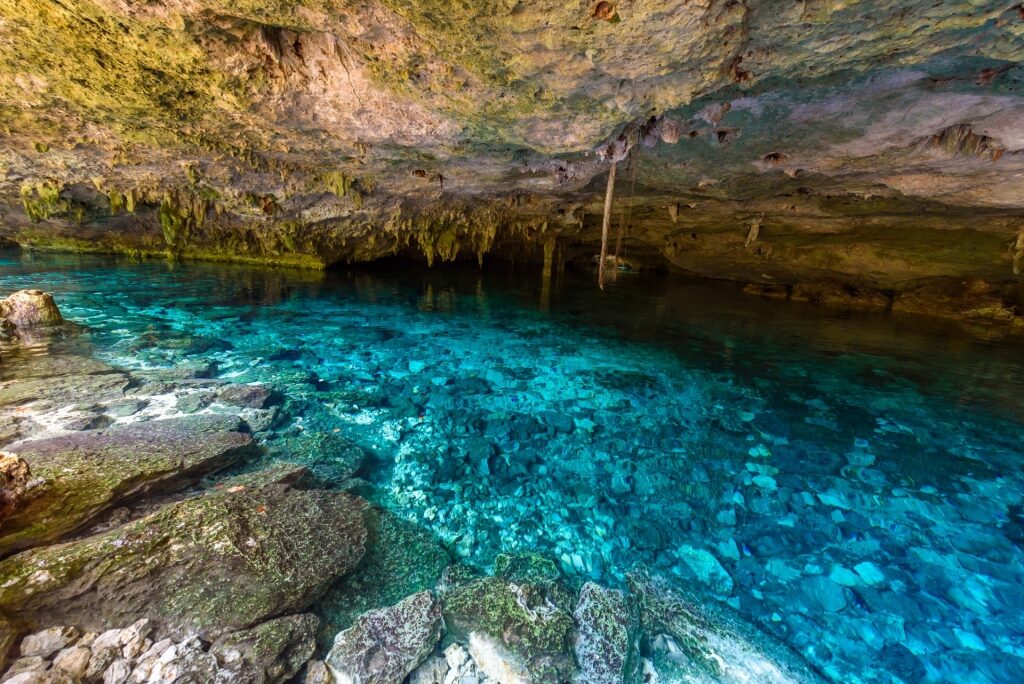
Cenote Dos Ojos, near Cozumel
Cenote Dos Ojos, two gleaming interconnecting cenotes (a large sinkhole formed in limestone rocks), is an excellent spot to try cave snorkeling in Mexico, with visibility reaching an astonishing 330 feet.
Dos Ojos—which translates as “two eyes”, named because of the appearance of the cenotes from above ground—features aquamarine freshwater and dramatic stalactites and stalagmites.
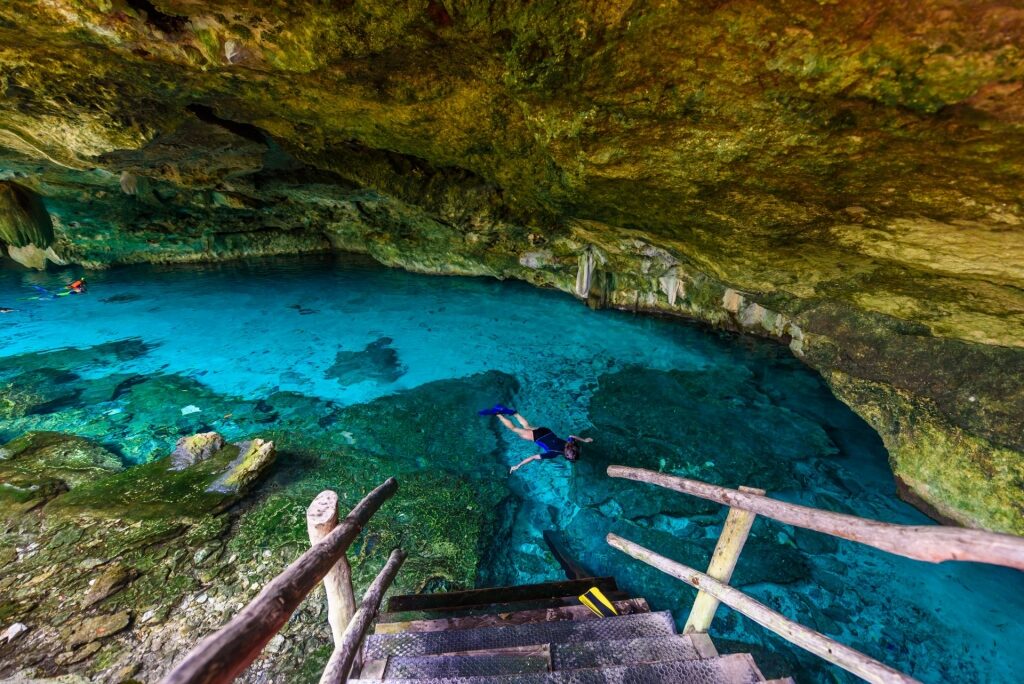
Cenote Dos Ojos, near Cozumel
You’ll encounter plenty of divers here, though you only need a snorkel and mask to enjoy Cenote Dos Ojos’s cavernous landscape. There’s a shallow area with steps into the water, too, which also makes it popular with families.
As well as small tropical fish in the water, the area thrives with wildlife, including iguanas, bats, birds, and snakes.
Visitors can rent snorkel equipment on-site. There are also washrooms and a snack hut for refreshments.
Mesoamerican Barrier Reef, Costa Maya
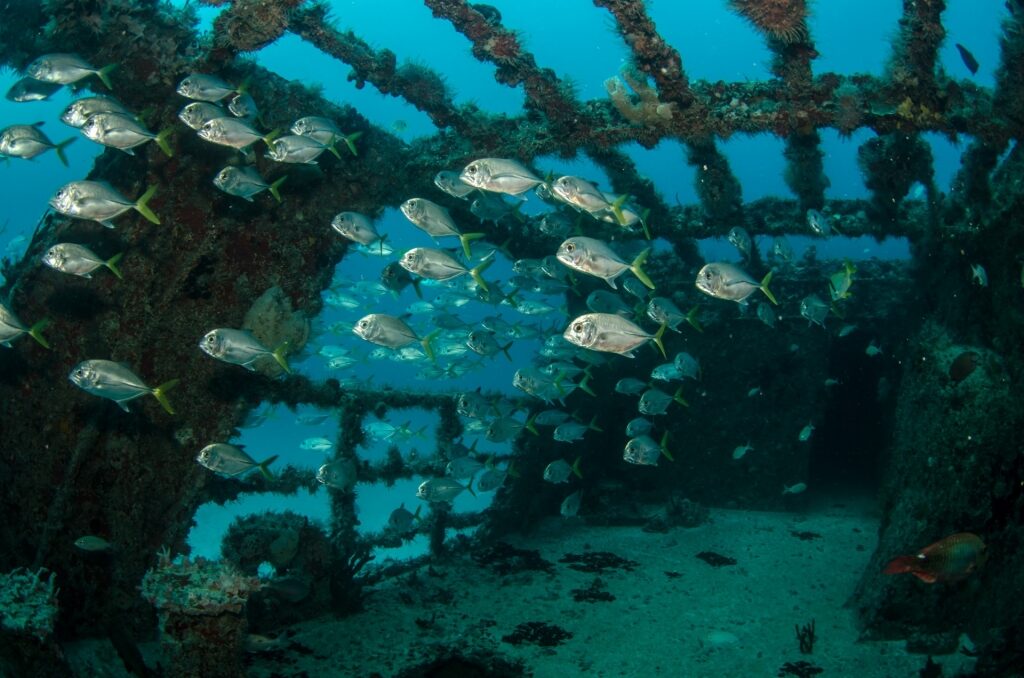
Mesoamerican Barrier Reef, Costa Maya
Snorkeling in the Mesoamerican Barrier Reef is a bucket-list experience for ocean-loving travelers.
This sprawling reef, the largest in the western hemisphere, stretches 700 miles from Mexico to Honduras. Its northern edge lies off the Yucatán Peninsula, making it one of the best places to go snorkeling in Mexico.
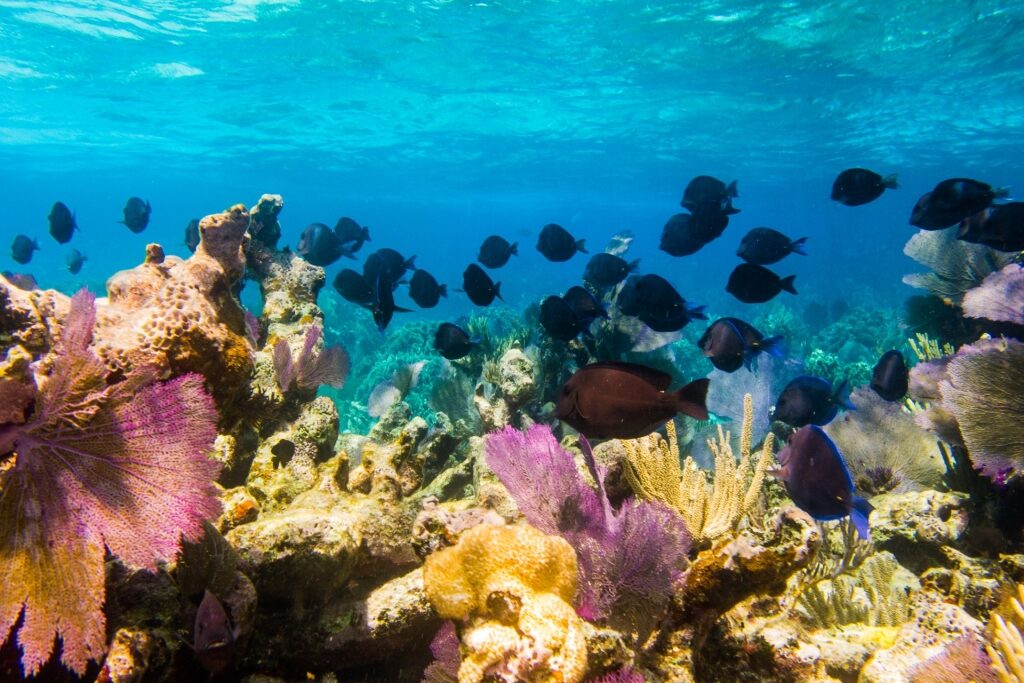
Mesoamerican Barrier Reef, Costa Maya
Take a short boat ride from Costa Maya to discover some of Mesoamerican’s exceptional scenery. The coral here is exquisite, with dazzling formations appearing from the seabed providing a thriving habitat for many marine creatures.
The most impressive sea creatures here are whale sharks, green turtles, loggerhead turtles, hawksbill turtles, and leatherback turtles, though the myriad tropical fish, both small and large, also put on a spectacular show.
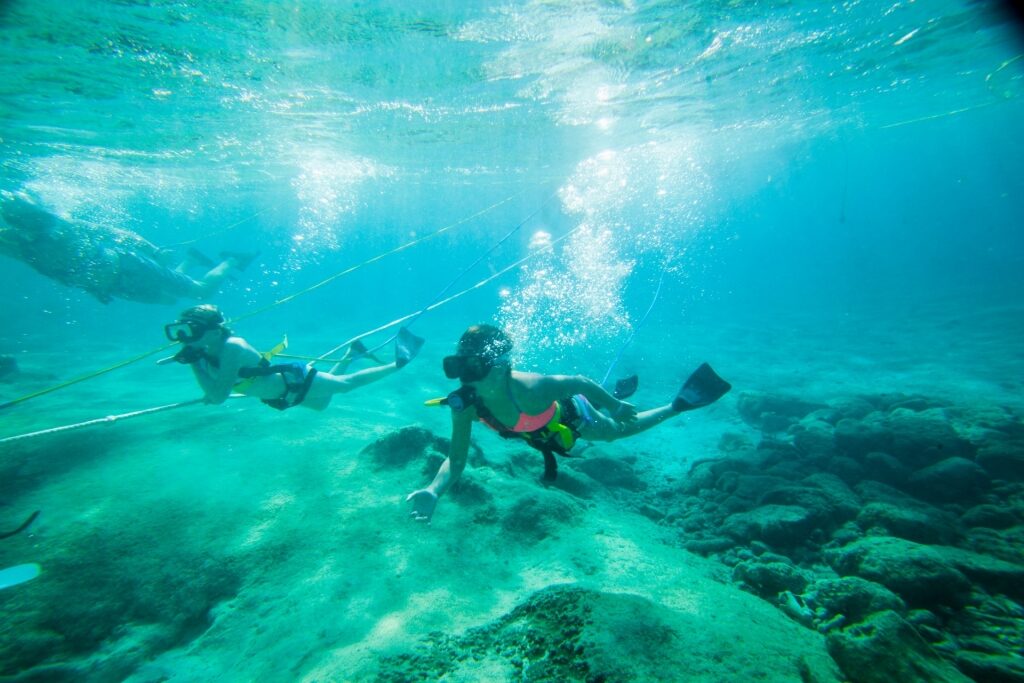
Snorkeling in Cozumel
Whether you want to unwind on a tropical beach, explore Mayan ruins, or savor the country’s wonderfully tasty cuisine, Celebrity has the perfect escape. Explore our cruises to Mexico and plan your next unforgettable adventure.
